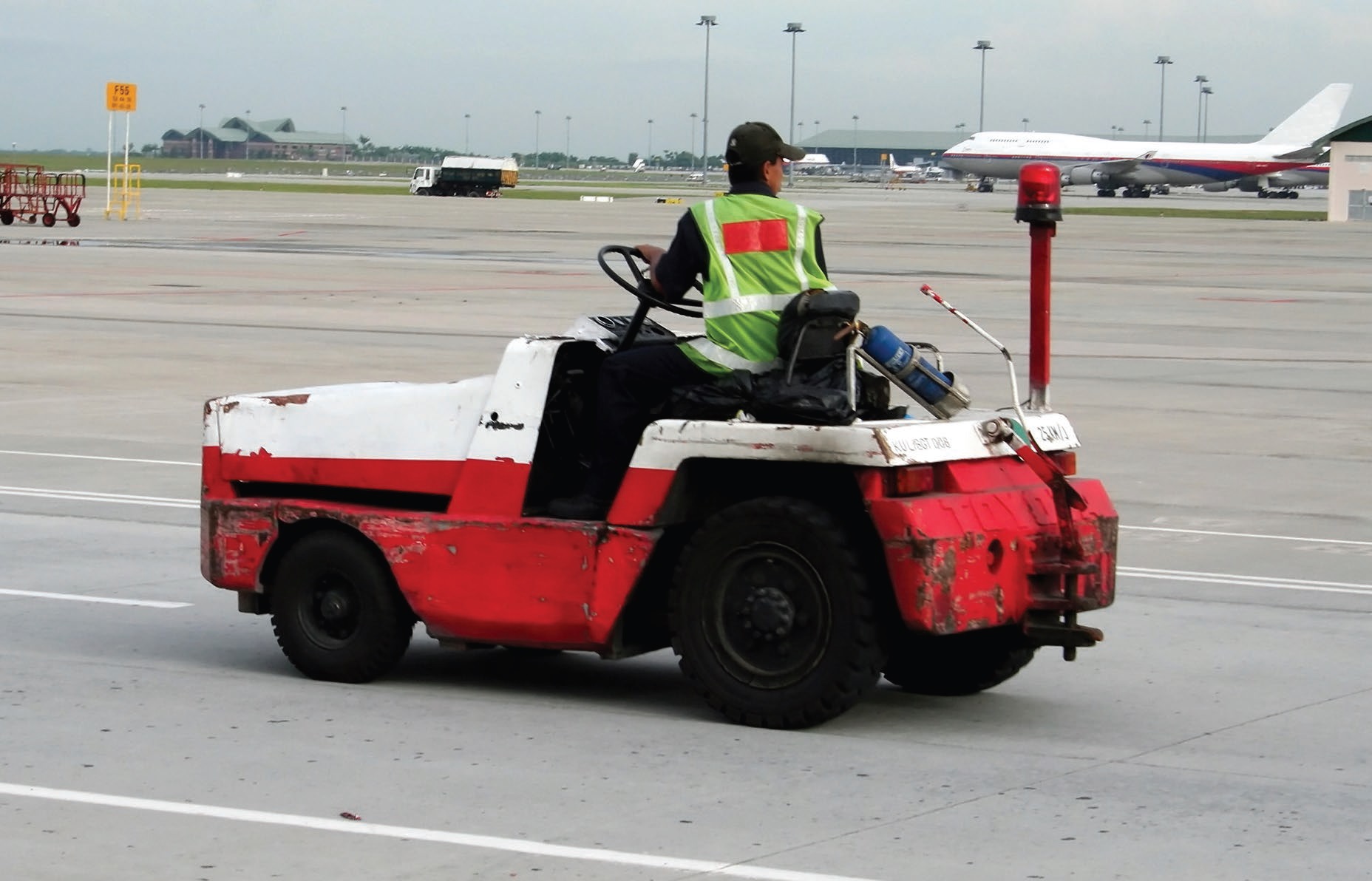Complexity in ISFA (in-service fluid analysis): Part XXXVIII
Jack Poley | TLT On Condition Monitoring May 2018
Holistic CM in the 21st Century: Part X

© Can Stock Photo / kgtoh
Last installment we mentioned three areas where significant savings could be traced to well-run condition monitoring programs with respect to in-service fluid analysis (ISFA), aka, oil analysis:
1.
Extended lube drains (an easy target that is currently very worthwhile).
2.
Appropriate action immediately taken. This is very much a triage exercise given the sparsity of available people in the maintenance environment. There are always things that need fixing and insufficient personnel at times, but that doesn’t change the equation: the advantage of rapid response cannot be overemphasized.
a.
no action—it is likely there will be losses.
b.
procrastinated action—for example, drain the lube to remove contamination but don’t diagnose and resolve the problem.
c.
indicated action performed and verified—maximum money conserved.
3.
Root cause. It is nice to identify issues in the early stages, but is one really doing the most good? If a problem seems to persist in numerous components of the same mfg./model (or utility purpose), one is likely looking at root cause, a problem or flaw that, once corrected, will all but eliminate the instance from presenting itself thereafter.
Root cause can occur almost anywhere in the maintenance chain. In most instances, and certainly with ISFA, it’s about why certain problems recur. The more bad things repeatedly happen, the more likely there could be a root cause associated with it.
Decades ago my lab received thousands of samples from a major trucking firm that purchased the vast majority of its engines from a specific manufacturer; however, a multitude of engine models existed within this vast fleet. We had developed a prototype expert system at the inception of the 1980s that was able to probe data and render commentary in a deep and logical fashion. We had a decade’s experience when we took on this customer.
Company managers informed us that their two biggest issues were probably coolant leaks and fuel dilution, a fairly common situation. While the company was correct, it had no relative information to go with the observations it made.
What we learned, with software assistance, is there were two engine models in particular that exhibited relatively excessive percentages of coolant and internal fuel leaks, respectively. Each model was prone to only one of the two problem types. Upon mining the data, the relative excesses were clearly indicative, though not by a wild amount. Both models were campaigned, redesigned and re-engineered for these respective manufacturer problems. This resulted in the immediate cessation of root cause for these particular models and their particular problems. Several hundred thousand dollars in annual savings was attributed to this focused data mining. And these problems never surfaced again to excess.
While I mentioned that root cause can be difficult to isolate, today’s intelligent agents (expert systems informed by domain expertise) are readily capable of identifying patterns that can reveal numbers of types of root cause.
In root cause there also is the notion of practical (common) sense. Decades ago the lab I worked for was regularly receiving samples from airport vehicles used for baggage handling, de-icing, refueling, etc. One exceptionally cold winter we noticed a tangible increase in silicon (Si) concentrations and (usually) iron (Fe).
We recommended air cleaner bypass or clogging checks along with lube drains, but something was suspicious. Nearly every one of the 70-80 vehicles exhibited high Si and Fe. Surely their maintenance wasn’t that shoddy. Maybe they had a contaminated lube supply from a recent delivery. Note: Not all lubes are delivered from clean tankers. Many companies insist on performing a test such as particle count to qualify their lubes as received—this is particularly critical for lubes servicing hydraulic systems. But this was an engine issue. And this situation persisted for months—we were nearing spring.
I became curious about the situation and invited myself to the airport’s tarmac. I looked at a number of air cleaner systems and could find nothing to indicate that the filters or screens were not properly maintained. In fact, there seemed to be less dirt in the filters than one might have suspected. But this was winter, and dust and other airborne abrasives were generally minimal at this time of year. Little did I fully understand the exceptional cleanliness I observed.
It took a dozen or more peeks under the hood, but finally something different was visible: the air cleaner housing of one vehicle (true in nearly all the vehicles, but this time readily visible from my vantage position) had been punched full of holes, maybe a dozen, that had the distinct look (crude, large slots) of having been rendered with a screwdriver. I questioned my escort who said, “Oh, yeah, we have had lower temperatures than normal, even for winter, and we had to use ether to get our engines started. We punched holes like this into the housing to get the ether into the combustion chambers.” Really!
What was happening, of course, is that these punched screwdriver slot holes enabled Si, i.e., tarmac dust and dirt, to get into the combustion chambers without any pre-filtration, greatly increasing abrasives in the equipment’s engines.
Here root cause was a result of faulty or careless maintenance practices.
It is rather sad that a clever idea to start the engines wasn’t well thought out by people who should have known better. It was always possible to remove the air cleaner housing temporarily to start the engine with an ether acceleration episode, rather than irreparably destroying the housing and enabling continual abrasive wear in the bargain.
This root cause was solely due to lack of common sense. Not surprisingly, common sense is a good attribute in reviewing data and rendering maintenance advisories.
Jack Poley is managing partner of Condition Monitoring International (CMI), Miami, consultants in fluid analysis. You can reach him at jpoley@conditionmonitoringintl.com.
For more information about CMI, visit www.conditionmonitoringintl.com.